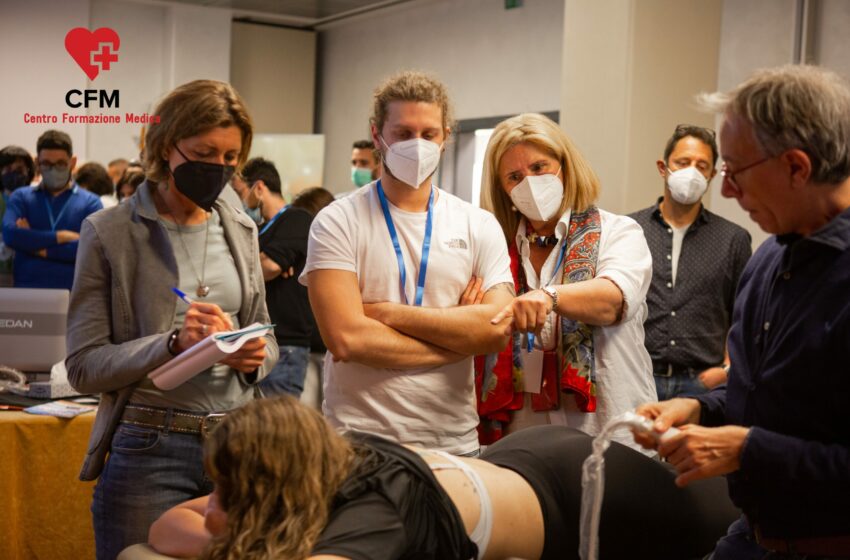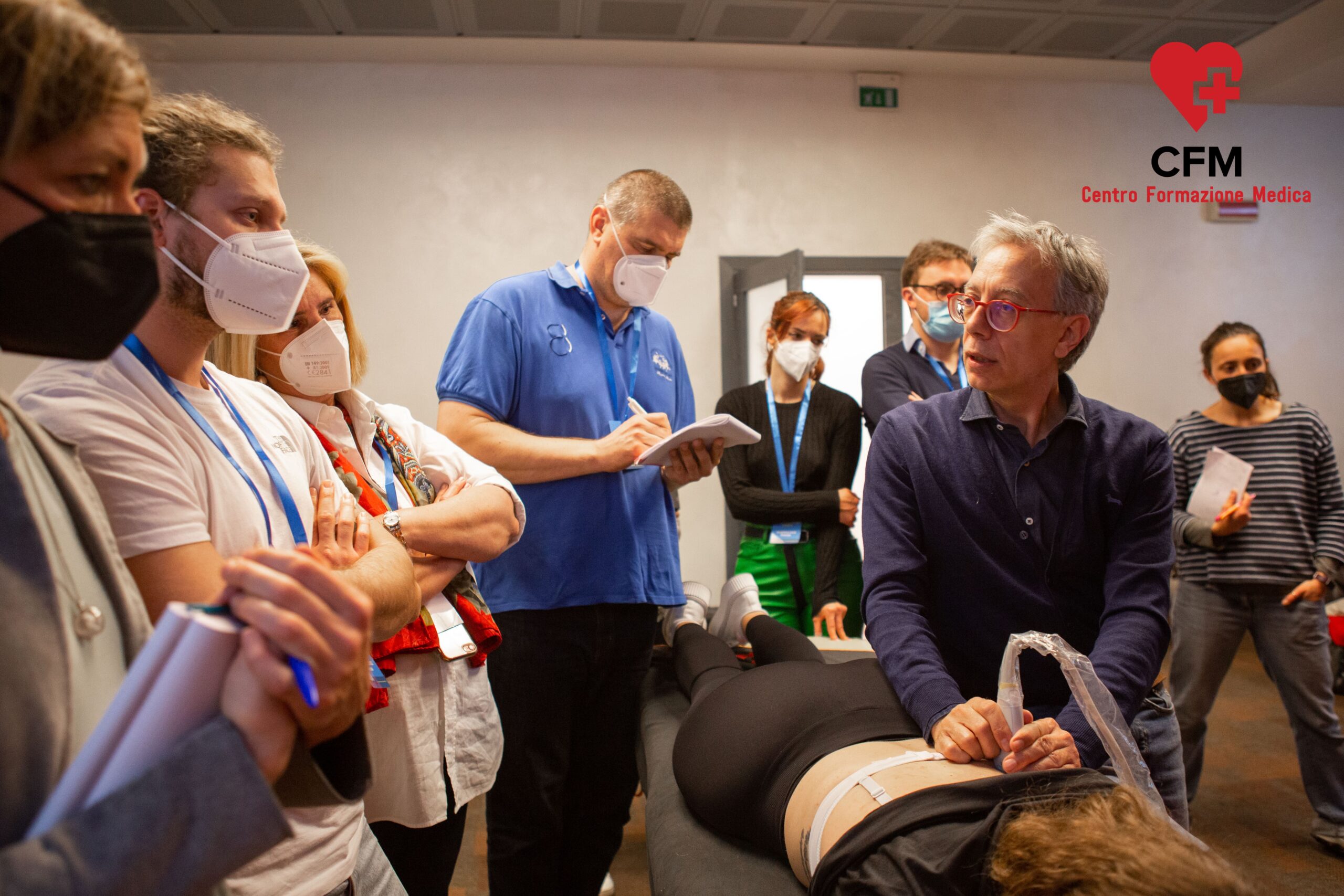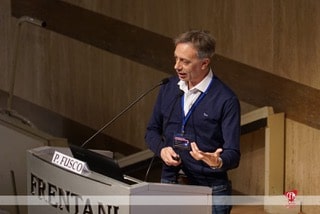
Innovation in techniques for anesthesia and postoperative acute and chronic pain therapy.
“First of all, we would like to thank and congratulate Dr. Osvaldo Bevilacqua for making known and disseminating Italian excellences in various fields and sectors, often unknown to the common citizens.
In recent decades, thanks to technological advancements and scientific and pharmacological knowledge, we have witnessed a true revolution in the field of modern anesthesia techniques and pain therapy.
This evolution has led to the discovery of innovative techniques that are now applied for the treatment of post-operative pain as well as chronic pain such as common back pain, cervical pain, joint pain, etc. The main objective, in addition to pain control and the consequent reduced consumption of medications, is a faster recovery, resulting in reduced hospital stay days after surgery.

The advantages of their use in the treatment of chronic pain translate primarily into pain reduction and consequently into a better quality of life, thanks to the reduction of anxiety and depression, which often also affect relationships.
All these new techniques have been addressed and explained in the volume “Regional Anesthesia and Pain Therapy,” the first to be translated into English, entitled:
“ULTRASOUND-GUIDED NERVE BLOCKS OF THE TRUNK AND ABDOMINAL WALL”
which was contributed to by Dr. Pierfrancesco Fusco, Prof. R. Blanco (Dubai), Prof. De Tran (Canada), and more than 40 Italian professionals, experts in the field, representing a pride of the Italian school of anesthesia and pain therapy worldwide.
The book is a unique work internationally due to the absence of a similar text and is the result of a national and international publishing project of relevance.
This process of “evolution-revolution” is due, on one hand, to the introduction of ultrasound with increasingly high-performance ultrasound machines thanks to technological evolution, and on the other hand, it is linked to the anatomical knowledge and acquisitions of nerves and nerve plexuses that constitute the targets to be reached for the execution of these techniques.
This has directly resulted in the possibility of directly visualizing nerves, nerve plexuses, and fascia (since the latter are rich in nerve fibers) that can be reached, under constant ultrasound guidance, with a needle through which to inject the local anesthetic to perform either loco-regional anesthesia (thus avoiding general anesthesia) or for the treatment of chronic pain, thereby achieving greater effectiveness and success of the technique and a higher standard of safety for the patient as a direct consequence of the greater precision of the technique and a greater saving of the drugs used and the related side effects.
Currently, these techniques, known to be effective in orthopedic surgery, are increasingly used in almost all surgical branches and in recent years also in cardiothoracic surgery, thoracic surgery, and trauma, with extraordinary and unimaginable results particularly in the treatment of post-operative pain.
Through the execution of these techniques, it is possible to perform selective anesthesia, for example, of an arm, a leg, or the hemithorax or for breast tumors, allowing patients to recover more quickly and reduce hospital stay days with optimal pain control.
The recent description of new approaches has also led to the affirmation of these techniques as a formidable weapon in the “modern” therapy not only of acute pain but also of chronic pain ranging from ultrasound-guided infiltration to the application of radiofrequencies, always with ultrasound guidance.
Another great field of application, on which we are working in collaboration with Italian sports doctors, is the control of musculoskeletal pain in the sports field, where the doping problem, due to the use of “prohibited drugs,” is still very current.
In this regard, we have organized various national congresses with the leading experts in the field, at the Benito Stirpe stadium in Frosinone and the Olympic Stadium in Rome, bringing back the experience in the treatment of myofascial pain, often a source of pain and very frequent contractions in athletes, and of pulsed radiofrequency always with ultrasound guidance in the control of pain for various pathologies including pubalgia, cervical, dorsal, and lumbar muscle contractions in athletes, allowing a faster psychophysical recovery of the athlete with the lowering of costs and drug consumption.
Still in this context, we have started an experimental study to demonstrate the effectiveness of these innovative techniques in athletes, whose preliminary results are very encouraging.


Although the study and clinical practice of ultrasound-guided locoregional anesthesia are constantly evolving, only experience will demonstrate over time the affirmation of these techniques, which are increasingly consolidating in the daily clinical practice of anesthesiologists and pain therapists.
In conclusion, we can say that we are witnessing in this field a true revolution marked by innovation and research that is leading to unimaginable results in the control of acute and chronic pain and in the suffering from oncological pain.
So, in conclusion, we can affirm that the future is here and now.”
Dott Pierfrancesco Fusco, Dott Walter Ciaschi
Giornalista detentore dal 2015 del Guinness World Records TV e Ambasciatore Borghi più Belli d’Italia.
Leggi in:
![]() Italiano
Italiano









